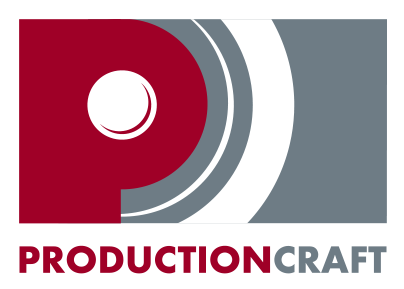What Is B-roll Footage?
In video production, B-roll footage provides visual interest and context. It is supplemental to the primary footage, or A-roll. A-roll defines the content and focus of the video and can be an interview, narration, or presentation. B-roll footage gives producers flexibility in editing and is spliced together with A-roll to illustrate a point, add context, support the story, or show dramatic tension.
History
There are several stories about where the terms A-roll and B-roll originated, according to Film Technology in Post Production in order to hide edits or splices in 16 mm film, two rolls were created. The A-roll contained the primary footage and sound, and B-roll secondary footage. The footage was spliced to each roll in a checkerboard manner (see graphic), played back simultaneously, and reprinted.
Use
B-roll transforms a video into a compelling story. B-roll can be set up shots featuring interviewees, or sports, event, historical footage, dramatic reenactments, animation, and stock footage. Typically, B-roll footage relates to the dialog or narration of the A-roll, and helps the viewer connect with the content. B-roll footage can be used to set up a scene or transition to the next scene. The most compelling storytelling comes from the interplay between your A-roll and B-roll footage.
From an editor’s perspective B-roll is still used to hide edits in your A-roll footage. When you want to cut away from an interview, B-roll helps you do that seamlessly. B-roll footage supports your video’s narrative and helps you get creative with your story. B-roll shots can reinforce your overall theme, message, or story, and can make your video easier to follow. Rather than explaining something directly to the viewer, you can show them through the B-roll footage.
How to gather B-roll:
Shoot it yourself
If you are shooting an interview, make time to get shots of their surroundings. We typically get shots of our corporate interview subjects doing their work, at their desks, in meetings, even just the office space itself. This lends context to the topic, and helps the viewer engage with the subject.
Use stock images or videos
In addition to footage you might shoot, you can find stock images or video. There are many sites available with great search engines to help you find related content. If you are doing a video on rodeos for example, you can search, purchase rights, and download stock to illustrate.
Make use of animation & graphics
While B-roll typically refers to film or video shots, animation and graphics are a great way to express specific ideas that other footage may not be able to cover. This is especially useful for more technical information that is hard to visualize. You can intersperse your main content with flashy and informative animations to maintain engagement and help the viewer better understand the information presented.
When selecting the right B-roll our editor, Thomas Powers, recommends: “Search for footage that looks the best, cuts well together with other shots from the same scene/location, and provides a good visualization of the narration.”
With the right footage, you can enhance creativity, and patch up awkward transitions. B-roll footage provides producers with creative freedom, elevating the quality of the video, and strengthening their storytelling.
Production Craft is a Chicago corporate video production company.
Production Craft, Inc. is a video production company based in Chicago, serving markets worldwide.
We are proud to be a Woman Business Enterprise (WBE) certified by the State of Illinois Business Enterprise Program (BEP) and the National Women Business Owners Corporation (NWBOC).


